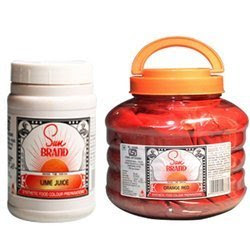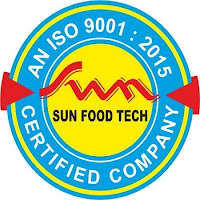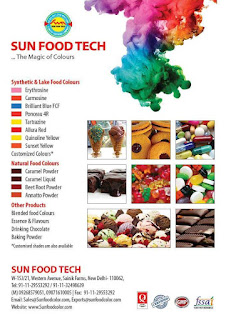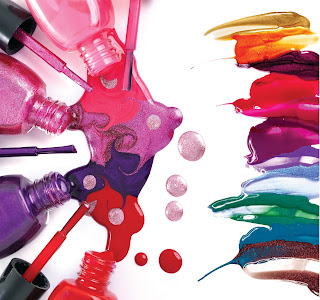Top Manufacturers & Exporters of Primary Food Colors in India

Synthetic food colors are artificial dyes used to enhance the appearance of food and beverages. They are commonly added to a variety of products to make them more visually appealing or to replicate natural colors that might be lost during processing. Here are some key points about synthetic food colors: Types of Synthetic Food Colors : Red Dyes: Examples include Red 40 (Allura Red AC), which is commonly used in candies, beverages, and processed foods. Yellow Dyes: Such as Yellow 5 (Tartrazine) and Yellow 6 (Sunset Yellow), found in snacks, cereals, and drinks. Blue Dyes: For example, Blue 1 (Brilliant Blue) and Blue 2 (Indigo Carmine), used in confections and beverages. Green Dyes: Like Green 3 (Fast Green), used in various processed foods and drinks. Uses Food and Beverages: Enhances visual appeal, especially in products where natural color may not be present or is altered. Confectionery: Bright colors in candies and desserts. Processed Foods: Coloring in snacks, sauces, and b...







